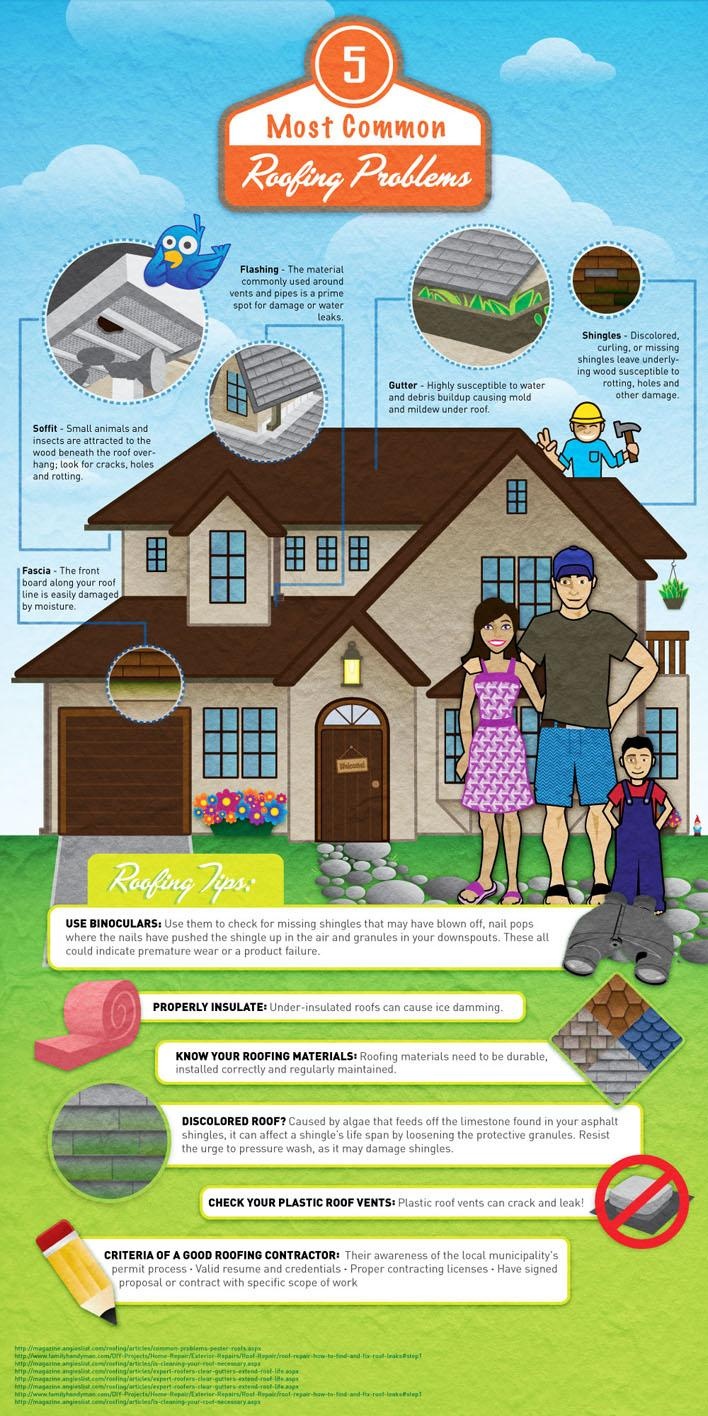The Influence Of Weather On Roof Covering Installation: Optimal Seasons And Conditions For A Successful Project
The Influence Of Weather On Roof Covering Installation: Optimal Seasons And Conditions For A Successful Project
Blog Article
Post Created By-Lohmann Dyhr
When it comes to roof covering installments, the weather can make or break the job. Visualize the aggravation of managing products that won't comply due to severe warmth or fighting slippery surface areas caused by unforeseen rain. Recognizing the effect of weather on your roofing project is vital for an effective result. So, let's discover just how different climate aspects can influence the quality and durability of your roof covering setup, guaranteeing a work well done.
Influence of Temperature Level on Roofing Installment
When it comes to roofing system installment, temperature plays an important duty at the same time. The optimal temperature level for roof covering tasks commonly falls between 45 and 85 degrees Fahrenheit. Severe heat can cause materials like roof shingles to end up being too flexible, causing prospective damage during installment. On the other hand, cold temperature levels can make materials weak and susceptible to fracturing. It's important to set up roof installations throughout modest temperatures to guarantee the best end result.
Throughout colder weather, professionals may need to take additional safety measures such as using warmed equipment or permitting products to warm up before setup.
In contrast, hot weather might need work to be done earlier or later on in the day to avoid the peak temperature levels. By taking into consideration the temperature and its effects on roof covering products, you can help make sure a successful setup that will stand up to the elements for many years to find.
Effect of Precipitation on Roof Covering Projects
Roofing tasks can be significantly influenced by precipitation, affecting both the timeline and the quality of the installment. Rainfall or snow can produce unsafe conditions, making it hazardous for contractors to deal with a damp surface area. In addition, dampness can jeopardize the attachment of products like roof shingles or underlayment, leading to possible leaks or damages in the future.
If it rainfalls throughout a roof covering task, the water can seep into susceptible locations, triggering delays as the installment team have to await the roofing system to completely dry before continuing. Too much wetness can likewise advertise the growth of mold and mildew, more jeopardizing the stability of the roofing.
To prevent these problems, it's suggested to arrange roofing tasks during drier periods or keep track of the weather report closely to intend about any prospective rainstorms. By taking preventative measures to work in beneficial weather conditions, you can ensure a smoother and extra effective roof setup process.
Impact of Wind Speed on Installation Success
Throughout roof installment, the rate of the wind plays an important role in figuring out the success of the task. mouse click the next article can pose significant difficulties to roofers, potentially resulting in safety and security hazards and high quality concerns. When wind rates surpass recommended limitations, it ends up being tough to deal with products, boosting the threat of accidents and damage to the roofing products. Solid gusts can likewise impact the precision of dimensions and the precision required for proper setup.
To ensure a successful roof covering setup, it's vital to keep track of and take into consideration wind speeds. Ideally, roof setup ought to take place on days with low to moderate wind speeds. check out here boosts the security of the workers however additionally boosts the overall high quality of the setup.
"san antonio, tx gutter repair san antonio, tx sky roofing construction & arranged during calm weather are more probable to be finished successfully and with less errors. By paying attention to wind rate forecasts and preparing accordingly, you can aid make certain a smooth and effective roofing installment process.
Conclusion
So, when it concerns roofing system installment, keep in mind to think about the weather to guarantee a successful work. Optimal temperature levels, dry problems, and modest wind rates are key aspects to focus on for a smooth installation process. By scheduling your job throughout the most effective periods and perfect weather, you can achieve a sturdy and long-lasting roof covering that will certainly secure your home for years to come.
